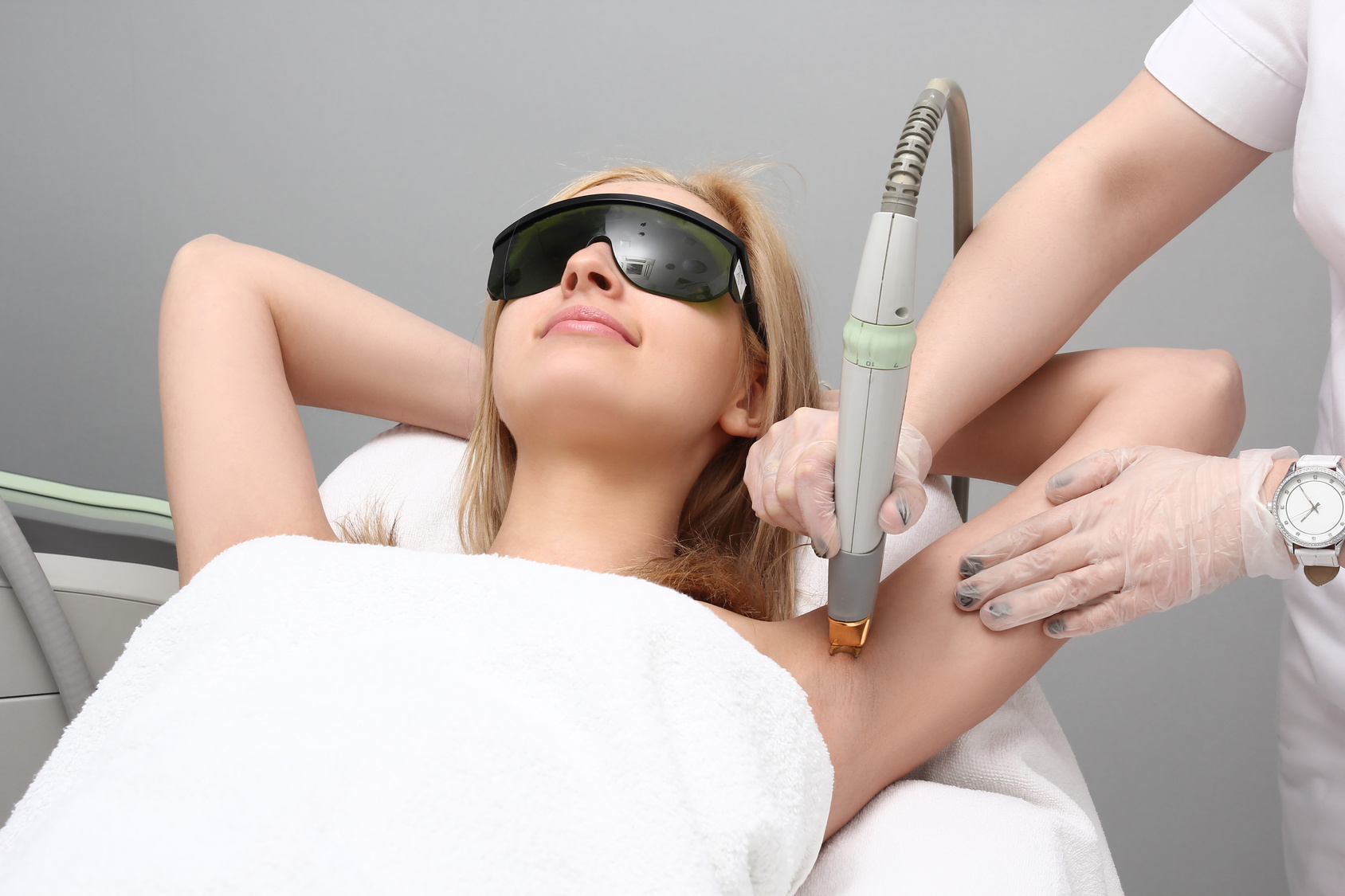Doctors Beware: Laser Hair Removal Smoke, a Health Hazard
Category : Uncategorized
NEW YORK (Reuters Health) – The “burning hair” plume that develops during laser hair removal (LHR) should be considered a biohazard, especially for health care workers,” researchers report.
Numerous surgical procedures involving lasers produce an aerosolized byproduct known as “surgical plume” that contain chemicals such as benzene, formaldehyde, carbon monoxide and hydrogen cyanide, according to Dr. Gary S. Chuang of the David Geffen School of Medicine at the University of California, Los Angeles and colleagues.
Laser hair removal is one of the most popular cosmetic procedures in the world, yet until now, the content of the “malodorous plume and visible particulates” had not been analyzed, they write in JAMA Dermatology, online July 6.
To simulate plume production during LHR treatment, the team collected hair samples from various parts of the body of two adult volunteers. They sealed the samples in glass gas chromatography jars and treated them with a laser.
During treatment, the researchers captured 30 seconds of laser plume, which they analyzed by gas chromatography-mass spectrometry (GC-MS).
Separately, they used a particle counter to measure ultrafine (less than 1 um) particulate concentrations in the treatment room, the waiting room and outside the building.
The GC-MS analysis identified 377 chemical compounds, 62 of which are easily absorbed, 20 of which are environmental toxins and 13 of which are known or suspected carcinogens, according to the researchers.
During LHR, the particle counters documented an eight-fold increase in ultrafine particle concentrations compared with the ambient room baseline level-from 15,300 particles per cubic centimeter (ppc) to 129,376 ppc-even when a smoke evacuator was in close proximity (5 centimeters) to the procedure site.
When they turned the smoke evacuator off for just 30 seconds, the particulate count increased by more than 26-fold compared to baseline, rising from 15,300 ppc to 435,888 ppc.
“These findings establish the concern that the burning-hair plume often present during LHR should be considered a biohazard, warranting the use of smoke evacuators, good ventilation, and respiratory protection, especially for health care workers with prolonged exposure to LHR plume,” the authors conclude.
Dr. Chuang told Reuters Health by email, “Laser hair removal smoke has long thought to be innocuous. This study provided definitiveevidence that surgical smoke may be harmful to human health.”
“Laser hair removal performed by improperly trained personnel or in an inadequately equipped facility will put both the healthcare workers and patients at risk,” he stressed. “Patients should seek laser hair removal treatment in facilities equipped with an adequate air filtration system and a smoke evacuator.”
Risks are likely greater for practitioners who may work eight hours straight, Dr. Chuang observed, although no studies have looked at how much exposure is too much. “It’s similar to estimating the effect of second-hand smoke-very difficult to do. However, it’s important to minimize the risks.”
Dermatologist Dr. Delphine Lee, director of the Dirks/Dougherty Laboratory for Cancer Research and Department of Translational Immunology at John Wayne Cancer Institute at Providence Saint John’s Health Center in Santa Monica, California, told Reuters Health by email, “This is a very interesting study (and) the findings alert us to be aware of potential risks so that we can take precautions.”
“While it is important to know what is generated, and the fact that carcinogens are detected in the plume and in the waiting rooms of the offices, it is important to keep these results in perspective,” she continued.
“It is important to consider how these levels compare to everyday exposures to other carcinogen-laden air, such as an urban environment or a smoky restaurant. For example, one should ask, how do the levels of carcinogens detected in the plume during a hair removal procedure compare to the walking on the street with car exhaust all around?”
“There has been no reported epidemic of increased lung disease or other cancer in technicians or health professionals who perform procedures with lasers, people who visit dermatology offices that use lasers, or patients who have frequent laser hair removal,” Dr. Lee observed.
“However, this landmark study alerts us to consider the consequences and further studies are warranted to investigate the risk of exposure to laser hair removal plume.”
Although the actual risks aren’t yet known, she said, “it is not unreasonable (for both practitioners and consumers) to take some moderate precautions, such as wearing respiratory masks.”
No funding or conflicts of interest were reported.
SOURCE: http://bit.ly/29DQ74N
JAMA Dermatol 2016.
